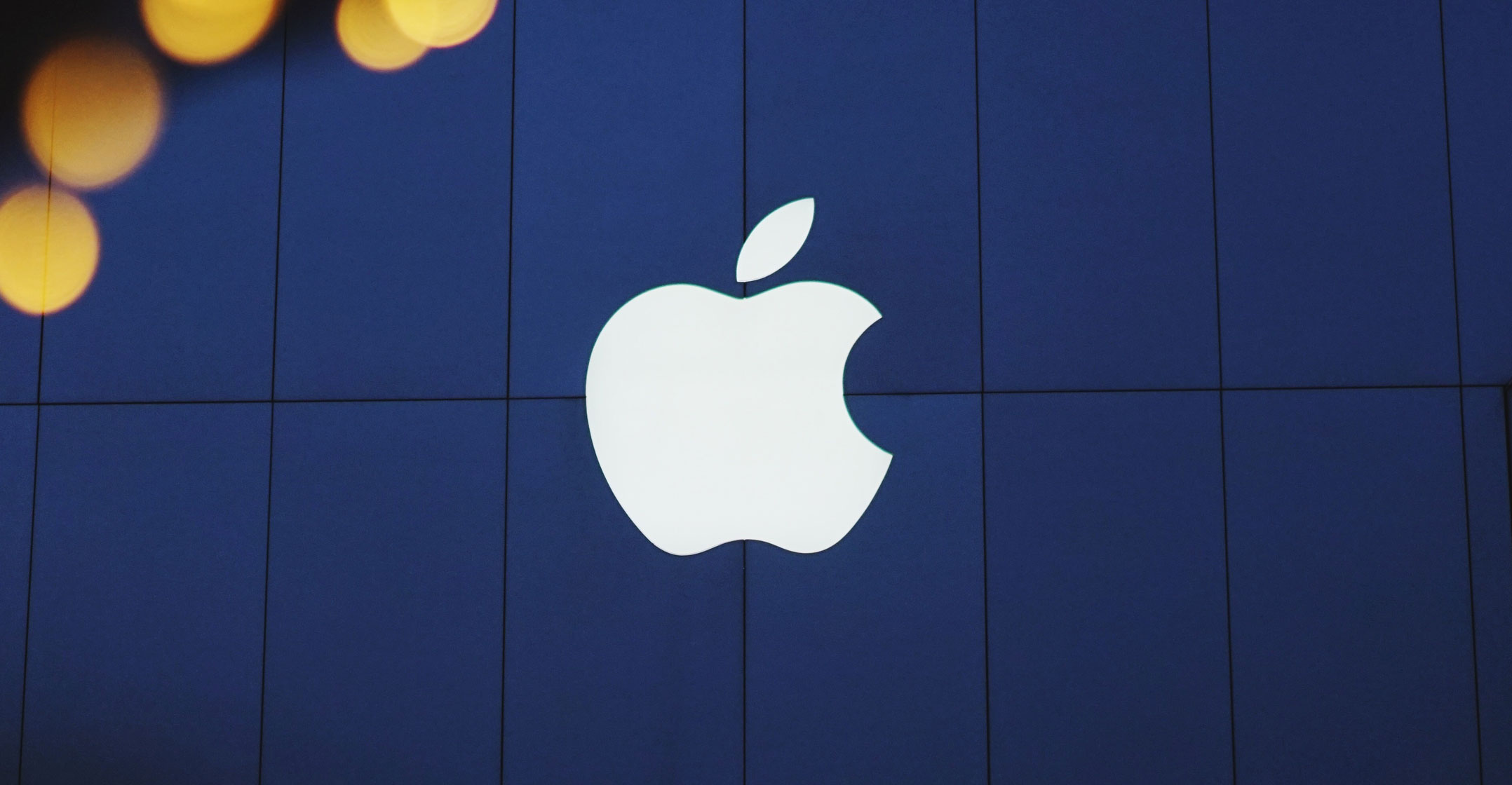
To whom much is given, much is required. And for a technology sector on the verge of begetting two trillion-dollar companies in Amazon.com and Apple, the requirements are getting daunting.
Patience is wearing thin. Investors are asking too much. Just this week there was Facebook, a company that boosted quarterly revenue 42% — and for its efforts suffered the worst battering in the history of US stocks.
There was Intel, which topped all the forecasts and had US$20-billion wiped from its value. A few days earlier, Netflix plunged even though its net income sextupled. Amazon barely held on to gains on Friday.
For most companies, it’s been an earnings season for the ages. But for the software and Internet titans that have shouldered the bull market for nine years, the strain of expectations is showing. And it’s happening at a time when investors suddenly have other places to put their money.
“It’s really the first chink in the hot-sector armour in a long time,” said Brad Cohen, chief equity strategist at North Star Investment Management in Chicago, where he helps oversee $1.3-billion “We’re perhaps reaching an inflection point, and the question becomes how big can these companies grow.”
Merely beating estimates isn’t enough. All but one of the 36 tech firms that have reported results exceeded analyst estimates. Then over the next five days their stocks were down an average 3.5%. That compares to a gain of 0.9% for all S&P 500 stocks.
Investors are demanding more of an industry entering a more mature phase, with new responsibilities and expectations. Companies are dealing with this new reality in different ways, with differing results.
Social media firms have seen the most upheaval: the world has woken up to the power of these services to influence elections, spread misinformation and collect personal data on a massive scale. Results from Facebook and Twitter show the impact of early attempts to address such concerns.
For other companies, maturity creates different challenges. Netflix is no longer an upstart streaming service. It’s a Hollywood giant, and investors expect the company to execute each quarter. Google has had more time to adjust to middle age and has so far managed to keep revenue and earnings growth humming. Intel is downright old for Silicon Valley, but it’s struggling to get the next leg of its growth story — 10-nanometer chip technology — into gear.
Amazon’s 55% rally
Nowhere are high hopes more baked in than with Amazon, whose 55% rally in 2018 has left it neck-and-neck with Apple in the race to be the first US company with a 13-digit market value. Results from Jeff Bezos’s online superstore cheered investors on Thursday. Its six-month net income was more than the previous seven quarters combined.
The stock rallied, then gave most of it back.
Amazon remains a story premised on the distant future — not now, and not next year. Say its earnings in 2019 managed to be twice the $11.7-billion analysts predict. At $1-trillion, its price-earnings ratio would be a cool 43 — more than twice the average valuation in the S&P 500.
Not every tech company is that expensive. But few are cheap. At 19 times forecast earnings, the group fetches a 10% premium to the S&P 500, almost the widest since 2009.

“Investors are pretty enthusiastic about the tech sector,” John Vail, chief global strategist at Nikko Asset Management, said by phone. “Whenever growth expectation is diminished, it can certainly hurt some of the higher-valuation stocks.”
There’s more. Going by analyst forecasts, the quarter ending in September will mark the first time since 2014 that growth in technology earnings will trail the rest of the market. Computer and software makers will boost profits by 18% between July and September, compared to 21% in the S&P 500.
For shares that have gained triple the market this year, the diminishing advantage is grist for bears who say the momentum trade has gone too far. While no one doubts the potential to innovate, as of now tech has earnings growth that looks ordinary, and valuations that approach the unprecedented.
“If revenue growth and earnings growth are going to fall and it costs you more to buy these stocks, then your return would be lower.” Myles VanderWeele, who helps oversee $4.5-billion as a principal at San Francisco-based BOS, said by phone. “That’s just a mathematical fact.”
After surging 35% in the first three months of the year, the rate of profit growth is expected to decelerate in each of the following four quarters, reaching 5.5% at the start of 2019.
Sure, a strengthening dollar and increasing regulatory scrutiny aren’t helping. And the benefit of tax cuts will be gone by next year. But for anyone who may have been lured by the concept of growth and chased darling stocks such as the “Fang” block of Facebook, Amazon, Netflix and Google, the question becomes what is left to differentiate them.
Starting this quarter, their profit growth will be in line with the market over the next two years, if not slower, analyst estimates compiled by Bloomberg show. That’s a departure from the last 15 quarters, when their rate of expansions exceeded the S&P 500’s by an average 6.5% points.
“You’d have to load up on tech, because that’s outperforming everything by such a margin. The question is, how much you want to pay for that,” said Jerry Braakman, chief investment officer of First American Trust in Santa Ana, California. “When earnings deflate with a higher multiple on it, the impact on stocks is a lot more severe.” — Reported by Lu Wang, with assistance from Alistair Barr, (c) 2018 Bloomberg LP




